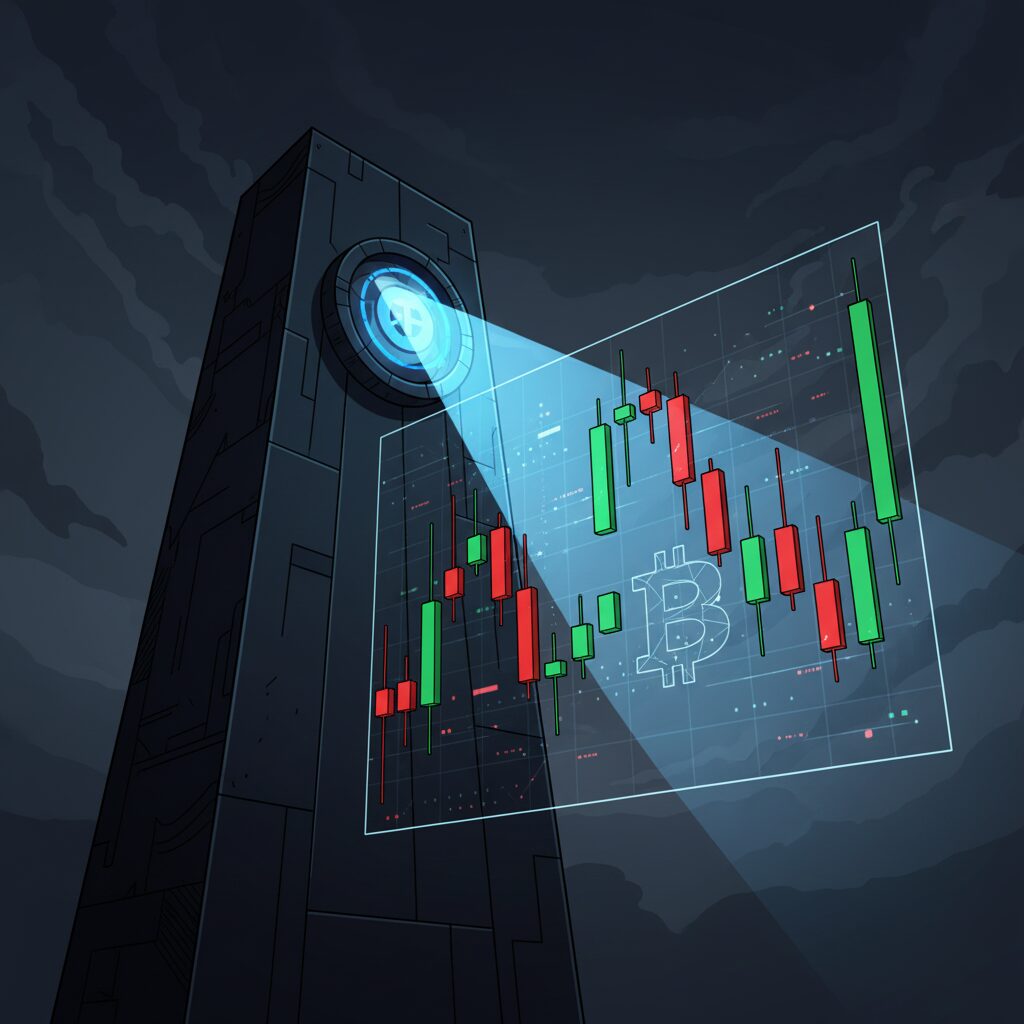Understanding the CME Bitcoin Futures Gap

In the cryptocurrency market, one indicator that consistently draws the attention of traders is the CME Bitcoin futures gap. This phenomenon occurs at the intersection of traditional financial schedules and the nonstop nature of digital assets. As an example, if Bitcoin futures on the Chicago Mercantile Exchange (CME) close at $64,880 on a Friday and reopen on Monday at $65,370, a gap of approximately $490 is created—a signal that many market participants watch closely.
Why the Gap Forms
The reason for the gap is straightforward but significant. While the global spot market for Bitcoin operates 24/7, the CME’s regulated futures market closes for the weekend. Any price movement that occurs in the spot market between Friday’s close and Monday’s open isn’t reflected on the CME chart until trading resumes. If Bitcoin experiences a volatile weekend, this discrepancy creates a noticeable gap, representing a pocket of prices where no futures contracts were traded.
The “Gap Fill” Theory in Practice
A popular theory in technical analysis suggests that prices have a tendency to return to a previous gap to “fill” it. Historical data for CME Bitcoin futures shows a strong pattern of these gaps eventually closing, though it’s never a guarantee. The likelihood and timing of a gap fill can be influenced by several factors, including overall market sentiment, major news events that shift momentum, and trading volume, which can signal conviction in a price trend moving toward or away from the gap.
Trading Strategies and Market Implications
For traders, these gaps can present strategic opportunities. Some may trade on the expectation of a fill, taking positions that anticipate the price returning to the previous week’s close. Others might view a gap in the direction of a strong trend as confirmation of market momentum and trade accordingly. Regardless of the approach, incorporating robust risk management like stop-loss orders is essential, as the market doesn’t always behave as expected.
Beyond short-term trading, the CME gap highlights the growing maturity of the crypto market. The existence of regulated products from institutions like the CME provides a bridge for traditional finance to engage with digital assets. The gap itself underscores the relentless price discovery in the global Bitcoin market, a key feature that distinguishes it from conventional assets and offers a unique dynamic for investors to analyze.
Disclaimer: The information provided in this article is for informational purposes only and does not constitute financial advice, investment advice, or any other sort of advice. You should not treat any of the website’s content as such. Always conduct your own research and consult with a professional financial advisor before making any investment decisions.
Why the Market Is Holding Its Breath
The Crypto Fear & Greed Index, a key barometer of market sentiment, is currently registering a score of 42, placing it squarely in the “Fear” zone. While this marks a slight recovery from previous levels, it signals that caution remains the dominant mood among cryptocurrency investors. This persistent apprehension isn’t unfounded; it’s a reflection of the broader economic landscape, ongoing regulatory discussions, and recent price volatility across major digital assets.
When fear takes hold, many traders adopt a wait-and-see approach. This hesitation often leads to reduced trading volumes and a general sense of unease, as market participants brace for potential downturns. A score of 42 indicates that investors are more worried about losing money than they are about missing out on potential gains.
What Powers the Index?
The index isn’t based on guesswork. It calculates its score by weighing several key data points. Market volatility and maximum drawdowns account for a significant portion (25%), comparing current price swings to historical averages. Trading volume and momentum make up another 25%, tracking market activity against its long-term trends. Social media is also a factor, with the index scanning for relevant keywords and sentiment to gauge public engagement (15%).
Other components include Bitcoin’s market dominance (10%), where a rising share often signals a “flight to safety” from more speculative altcoins. Finally, Google search volume (10%) for terms like “Bitcoin crash” provides insight into public anxiety. A 15% component dedicated to weekly surveys is currently paused but remains part of the index’s framework.
How to Use Sentiment as a Strategic Tool
For savvy investors, the Fear & Greed Index can be more than just a number—it can be a strategic guide. The classic investment wisdom to “be greedy when others are fearful, and fearful when others are greedy” directly applies here. A high level of fear, like the market is experiencing now, can signal potential buying opportunities for those with a long-term perspective, as assets may be undervalued due to widespread pessimism.
Conversely, when the index swings into “Extreme Greed,” it may be a sign that the market is overextended and a correction is due. This could be a time for investors to exercise caution or consider taking profits. However, it’s critical to remember that the index is an indicator, not a predictor. Relying on it alone without conducting thorough research and having a clear investment strategy can be misleading.
Staying Rational in an Irrational Market
Understanding market sentiment is essential for making informed decisions. The Fear & Greed Index provides invaluable insight that helps investors manage their emotional responses to price fluctuations. It serves as a useful tool to counteract impulsive decisions, such as panic selling during fearful periods or buying into a rally driven by the Fear Of Missing Out (FOMO) when greed is high.
While the current “Fear” reading might seem unsettling, it represents a natural phase in market cycles. By using tools like the index, investors can better refine their entry and exit points, all while staying focused on their personal financial goals and risk tolerance. Ultimately, it’s a powerful reminder to remain disciplined in the dynamic world of crypto.











